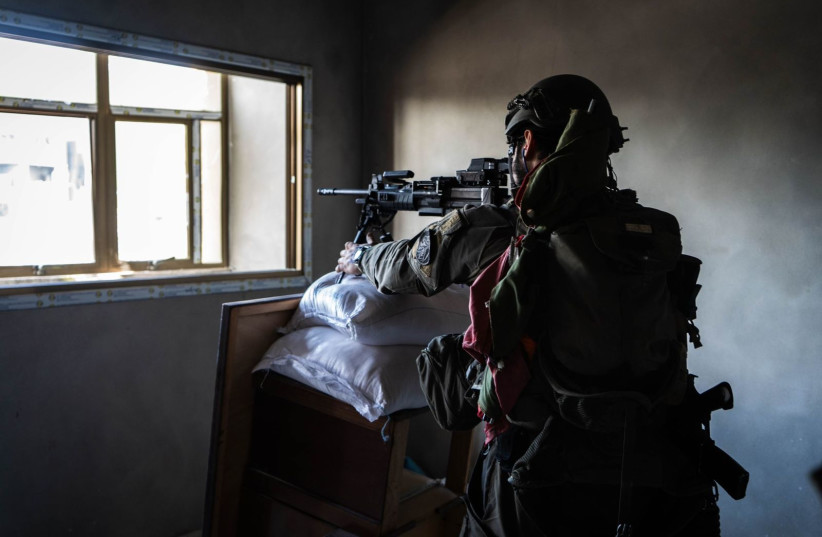The Finance Ministry released Wednesday an assessment of the economic cost of the various alternatives for increasing the IDF’s manpower. The study found that higher economic costs stemmed from additional reserve duty rather than from extended regular service.
The IDF revealed in February a plan for increasing IDF manpower due to new needs created by the Gaza War.
The ministry’s report considered several alternatives for increasing manpower in the IDF including extending the regular mandatory service for soldiers, increasing manpower for those soldiers in regular service who are past their mandatory term, or increasing the amount of reserve service.
Different types of economic damage will occur from the increased manpower needs, according to the report. Extending regular service will delay young people’s entry into academia and the workforce while extending reserve duty will harm the seniority in the workforce of those doing reserves, said the report.
Economic cost between men and women
The economic cost of drafting male soldiers for reserve duty is NIS 48,000 per person per month, and NIS 27,000 per person per month for male soldiers in regular service, according to the report.

The economic cost caused by the extended service for women is NIS 32,000 per person per month for women in reserves, and NIS 21,000 per person per month for women in regular service, according to the report.
The report also broke down the cost of reserves by age range, finding that for men, the highest cost is for the 40 to 45 age bracket, with a monthly per-person cost of NIS 62,000. The lowest cost is for the 22 to 30 age bracket with a monthly per-person cost of NIS 33,000.
For women, the most expensive age bracket is also the 40 to 45 age range, with a monthly per person cost of NIS 38,000. The least expensive is also the 22 to 30 age bracket with a monthly per person cost of NIS 27,000.
The costs were calculated using four types of influence the increased service will have on the economy. The first is the loss of labor inputs in the economy and reflects the alternative economic utility the soldier would have created if they were not in the army. The other types of influence used in the calculation were loss of seniority, the cost of postponed academic studies, and the cost caused to the spouse of the reservist from their service.
